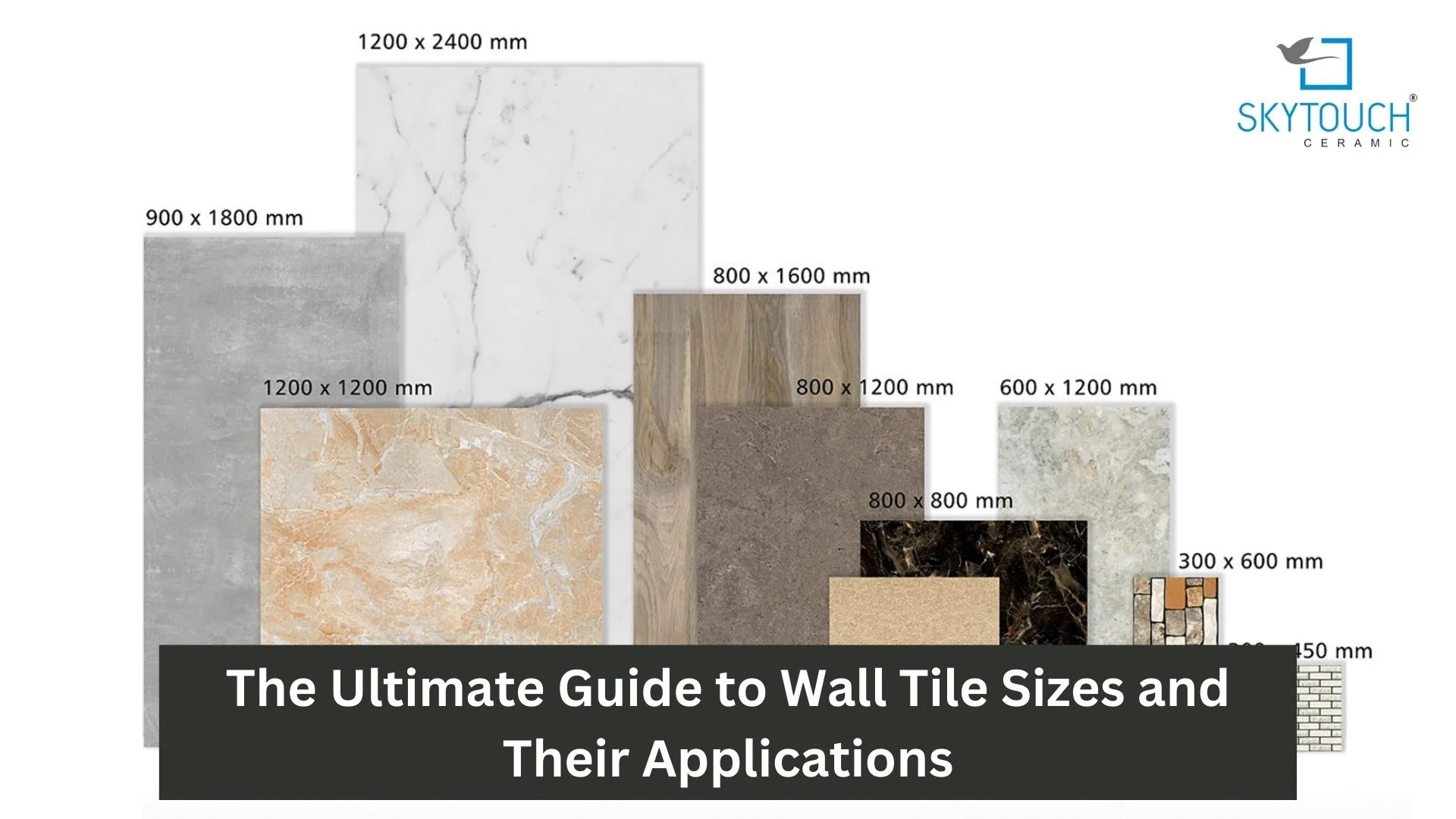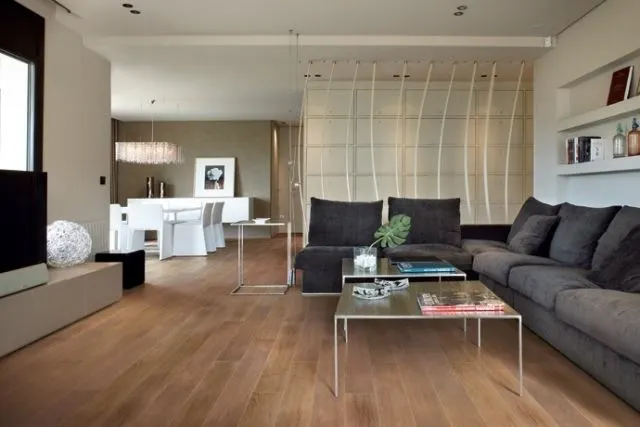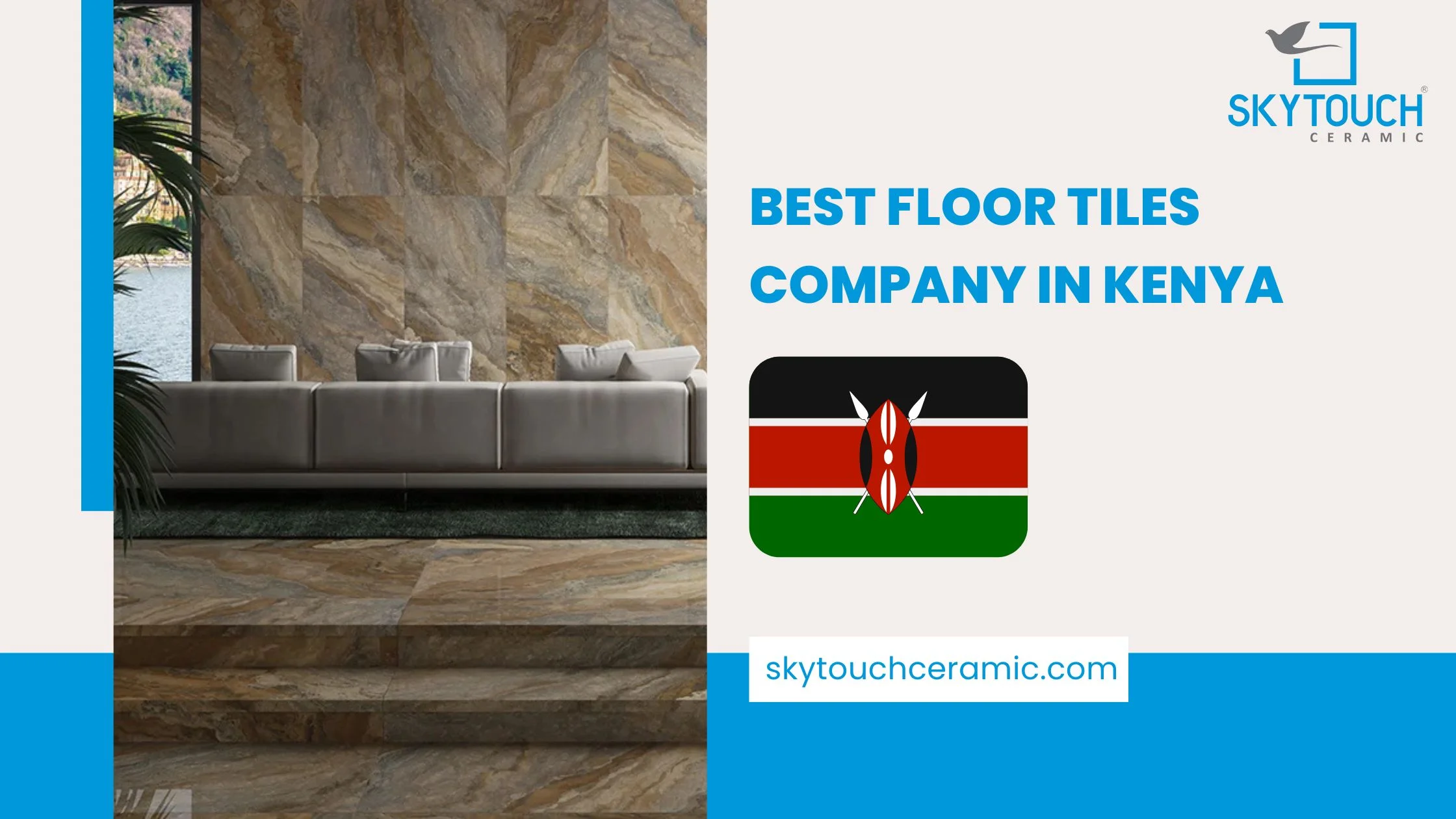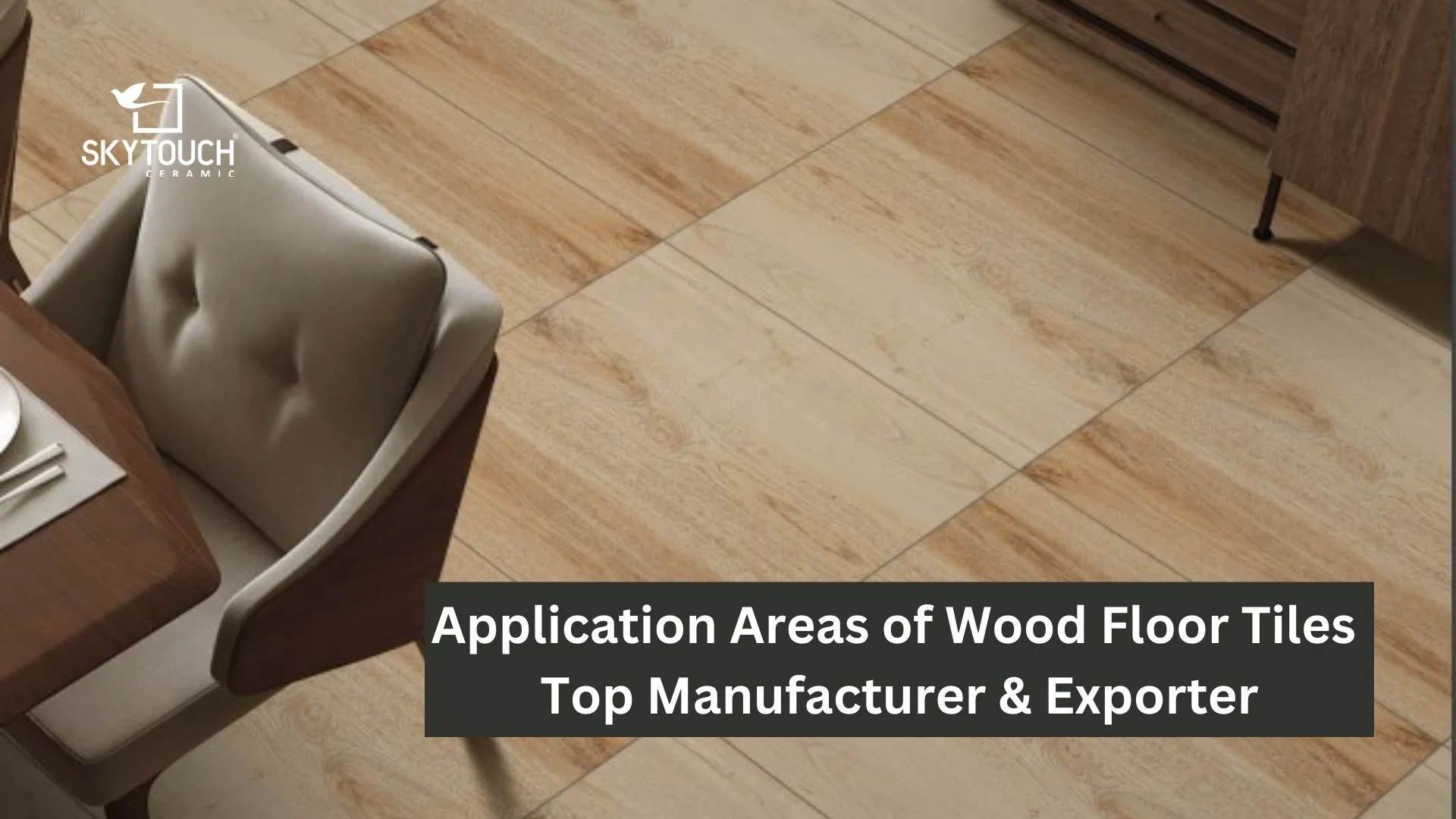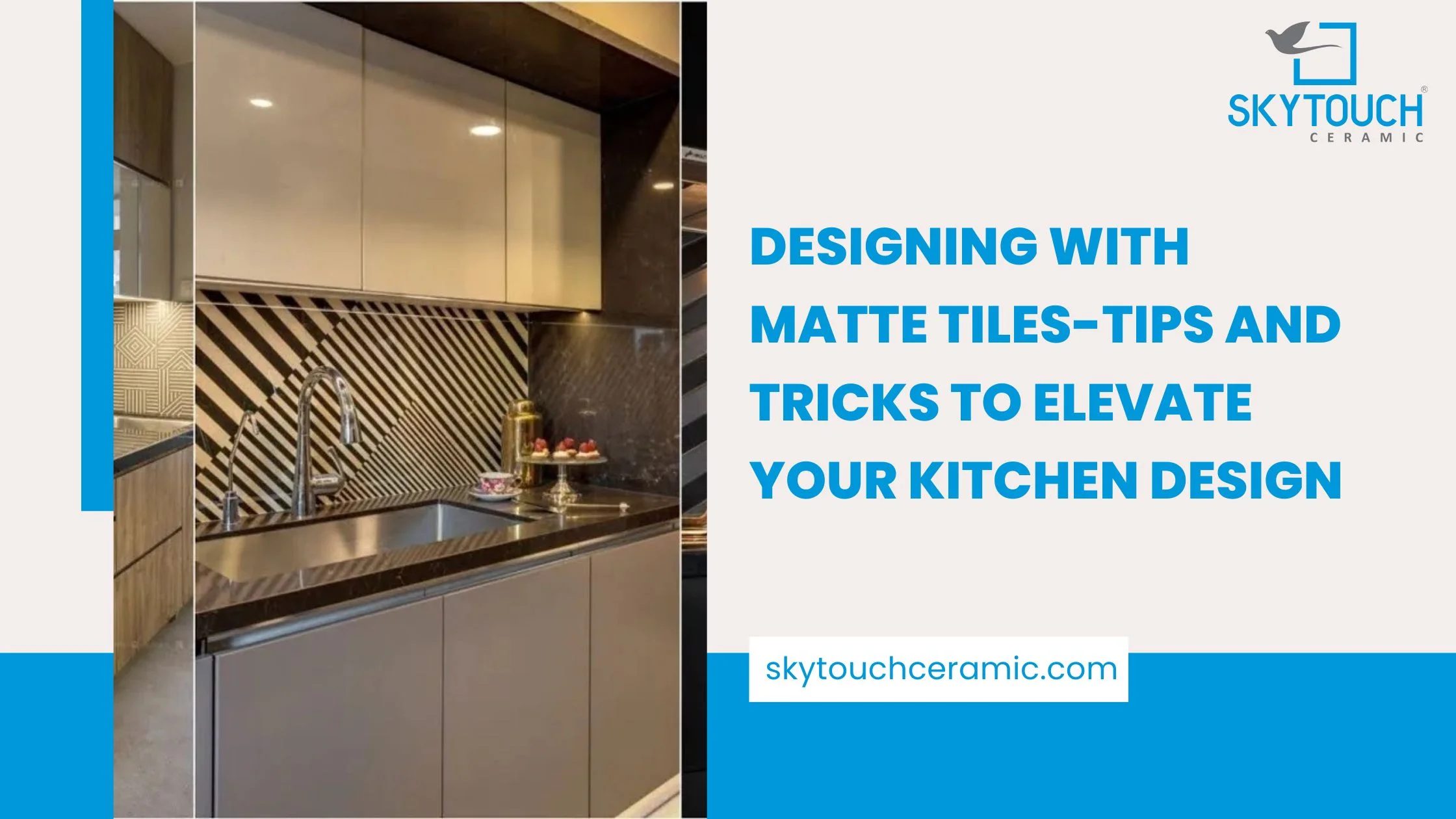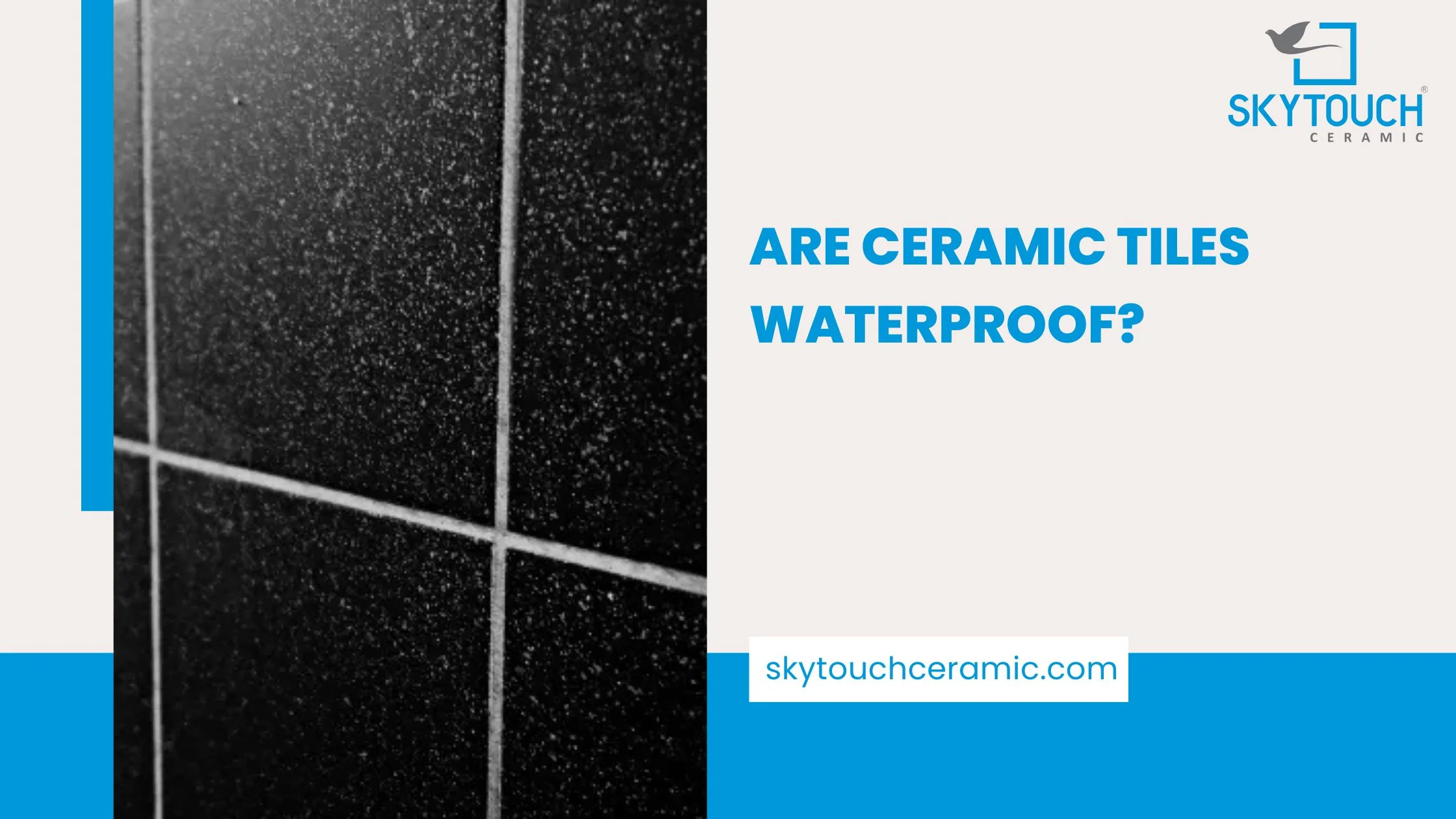When it comes to interior design, wall tiles are more than just functional elements; they are essential components of aesthetics and style. Choosing the right tile size, material, and finish can dramatically affect the look and feel of a space. In this ultimate guide, we’ll explore various wall tile sizes, their applications, and the materials used, helping you make informed decisions for your next project.
Popular Wall Tile Sizes
Wall tiles come in various sizes, each offering unique advantages and ideal applications. Here are some of the most common wall tile sizes:
1. 250 X 750 mm
2. 300 x 600 mm
3. 300 x 450 mm
4. 250 x 375 mm
5. 200 x 300 mm
6. 300 x 600 mm (High Depth)
7. 300 x 450mm (High Depth)
1. 250 x 750 mm
This 250 x 750 mm wall tile is a great choice for a modern interior as it provides an exceptionally up-to-date look. The elongated tiles would provide a stunning effect when placed vertically. Large areas mean less grout line and therefore make it very easy to clean and maintain.
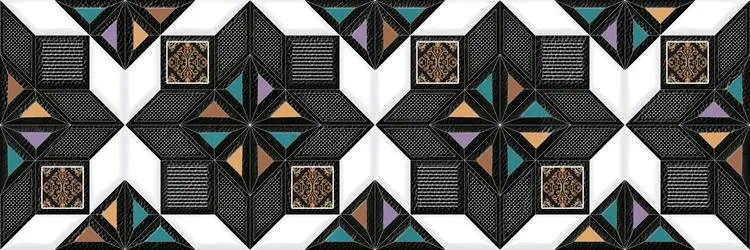
Applications:
• Bathrooms: As part of the shower walls and accent walls, they provide sleek and elegant looks.
• Kitchen: Ideal as backsplash, enhancing sophistication; easy to clean.
• Living Rooms: Can be used as an accent wall to add a point of interest.
• Materials and Finishes: Normally made from ceramic or porcelain; available in matte, gloss, and textured finishes.
2. 300 x 600 mm
Most versatile and widely used in applications for residential and commercial buildings, tile size 300 x 600 mm is a rectangular shape offering considerable flexibility and opportunities for the patterns of laying of tiles. The patterns can either be straight lay, herringbone, or staggered.
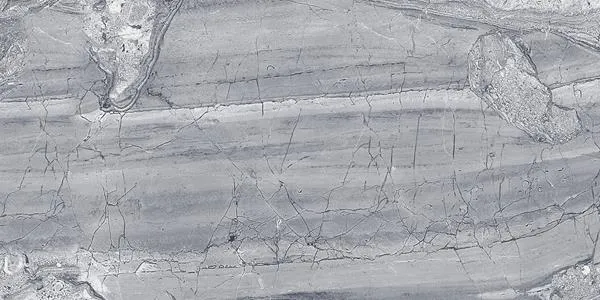
Applications:
• Commercial Spaces: They can be used very often in lobbies and reception areas, since it is relatively easy to install and will seldom need any type of rework.
• Baths and Kitchens: Great for shower walls, tub surrounds, and backsplashes.
• Living rooms: If used as feature walls or fireplace surrounds, it gives a modern look.
• Materials and Finishes: This tile type comes in the variants of ceramic, porcelain, and natural stone, all offering different shades of gloss, matte, or polished grades that could make the desired aesthetic.
3. 300 x 450 mm
The 300 x 450 mm wall tile is ideal for smaller spaces because bigger tiles can overwhelm the place. This size, measuring 12 by 18 inches, has a balance in its aesthetic and practicality that has made it a favorite in many applications.
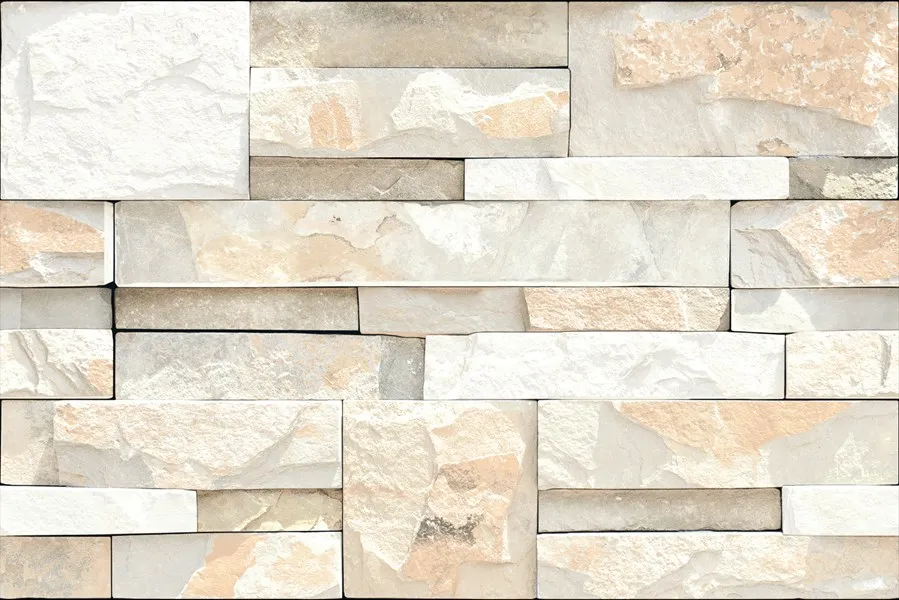
Applications:
• Kitchens: A great place for a splashback-a compact and stylish option.
• Bathrooms: Ideal for use in small shower walls or wainscoting.
• Utility Rooms: Should be used for clutter-prone rooms, such as kitchens, and require hard-wearing yet easy-to-clean finishes.
• Materials and Finishes: Usually made of ceramic or porcelain and have matte and glossy finishes, giving design flexibility.
4. 250 x 375 mm
This 250 x 375 mm size is often overlooked but does provide lovely options for spaces requiring just a bit of warmth and character. That's because this 10 x15 inch size really doesn't lack in creating just the right warm glow with a modern feel.
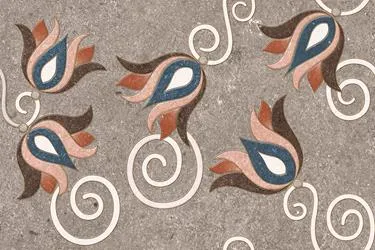
Applications:
• Residential Bathrooms: Highly suitable for being used as walls around sinks and tubs in order to give a cozy and inviting feel.
• Kitchen: Perfect for creating unique back splash designs to make your kitchen stand out in the crowd.
• Doorways: The doorways can be a fantastic place to design the walls with simple yet eye-catching designs so that visitors are welcomed.
• Material/Finishing: These tiles are basically made of ceramic or porcelain. Sometimes, it can be texture-finished, which provides different designs or smooth finish for a sleek look.
5. 200 x 300 mm
The 200 x 300 mm wall tile is classic, more specific to the older design and vintage. It can give one the feel of nostalgia while still functional.
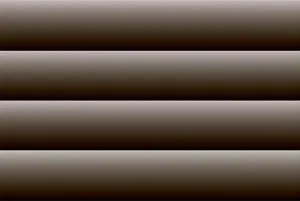
Applications:
• Kitchen and Bathroom: Typically used for the traditional houses for their application in the backsplash and wall accent.
• Laundry Room: They are perfect for creating cleanable wall surfaces
• Accent Wall: In a peculiar arrangement, it can be used to give an attractive look to any wall.
• Materials and Finishes: These tiles are usually produced with ceramics or glass, and they come in quite a diversity of finishes-from glossy to flat, and even textured.
6. 300 x 600 mm (High Depth)
High-depth tiles 300 x 600 mm, in particular catching on, as they offer a thicker profile to add dimension and texture to almost any wall. These tiles are robust as well as flexible in their usage and are thus perfect for most applications.
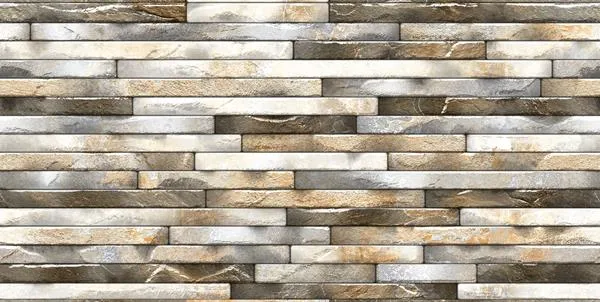
Applications:
• Commercial Spaces: Often applied in high-use and heavy-duty areas where toughness matters.
• Bathroom Features: Bold features and Wall artworks are well suited.
• Outdoor spaces: It can be used in covered patios or outdoor kitchens to enhance its durability and style.
• Materials and Finishes: High-depth tiles are typically made from porcelain and available in a number of finishes, from matte and gloss right through to textured.
7. 300 x 450 mm (High Depth)
A super strength, deep version of the standard 300 x 450 mm tiles high depth, offering advantages in terms of durability and strength, is suitable for areas that are more prone to moisture and possible impact.
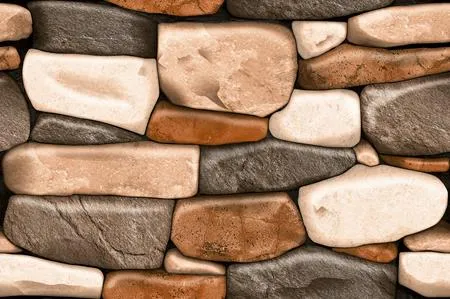
Applications:
• Commercial Restrooms: Provides a durable surface that can withstand high usage.
• Kitchen Backsplash: It stands the test of water and heat and has withstanding ease in terms of maintenance and longevity.
• Entrance: It can be installed in busy areas because tiles are prone to hitting or scratching.
• Materials and Finishes: The material most commonly used in making high-depth tiles is porcelain, very often finished in types of finish which can give a natural stone or wood appearance to a room creating an air of sophistication.
Choosing the Right Tile Material and Finish
The choice of material and finish is crucial in determining the overall look and durability of wall tiles. Here are some popular options:
1. Ceramic Tiles
They are the most preferred wall tiles as they are versatile and affordable. They can be purchased in various colors, patterns, and textures to almost any design and decor. Since ceramic tiles are tough, less prone to scratches, and quite easy to clean, ceramic tiles are very suitable for kitchens and bathrooms.
2. Porcelain Tiles
Porcelain tiles are denser and harder than ceramic tiles and better suited for high-traffic places and areas that are moist most of the time. They display an artistic mimicry of the natural stone and wood in a luxurious look, but this comes at a much lower price. It can be ordered in a broad range of finishes, including matte, gloss, and textured.
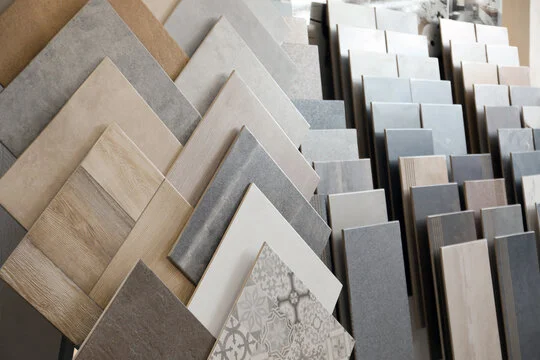
3. Natural Stone Tiles
It is provided by a natural stone tile such as marble, granite or slate with an upscale, unique feel. One has an elegance contributing perfectly with every single different piece such as in the space. They tend to require a lot of more maintenance and sealing to be impervious to stains and moisture.
4. Glass Tiles
Glass tiles are the perfect way to add a little modern touch. They reflect light amazingly beautifully, making the space bigger and brighter. Glass tiles often drape as accents or backsplash, which adds great contrast against other materials.
Choosing the Perfect Wall Tile Finish: An Overview of Options
When selecting wall tiles, the finish plays a crucial role in determining the aesthetic appeal and functionality of the tiles. Here are some common finishes available for wall tiles:
1. Glossy Finish
Glossy tiles are brighter as they present a shiny reflective surface. They can make a small room shine or look bright if a light space is not an alternative. In light-limited areas or small rooms, glossy tiles are perfect to reflect the little light they get and hence open up the space appearing nearly larger than it is. Glossy finishes, though, do show fingerprints and water spots more easily so require regular cleaning.
Applications:
• Kitchens: Often used for backsplashes.
• Bathrooms: Ideal for shower walls to create a sleek look.
2. Matt Finish
Matt tiles have a mat surface that is less showy and elegant. Matt surfaces are also smoother, but not slippery like glossy tiles. It thus makes it suitable for wet places such as bathrooms and kitchens. Matt finishes hide dirt better than glossy finishes because dirt and stains will not be shown on that surface easily.
Applications:
• Living Areas: Ideal for feature walls.
• Bathrooms: Great for flooring and wall applications in showers.
3. Textured Finish
Textured tiles include a raised pattern or surface on them that then add dimension and interest to a wall. The result is perhaps a more tactile experience, adding depth and dimensionality to a space by using textured tiles as part of the design. Textured finishes can be very subtle to quite dramatic and therefore lend themselves to very special design possibilities.
Applications:
• Accent Walls: Perfect for creating focal points in any room.
• Outdoor Spaces: Can be used in patios or outdoor kitchens for added slip resistance.
4. Polished Finish
Polished finish is achieved by a specific grinding process in which polished tiles are available. Such finishes provide more luxurious looks and enhance colors and patterns within the tile. Though polished finishes look quite striking, one has to take care more in order to maintain it pristine.
Applications:
• Commercial Spaces: Often used in lobbies and high-end retail environments.
• Bathrooms: Ideal for elegant designs and spa-like settings.
5. Satin Finish
Satin tiles have an excellent middle ground to the glossy and matte finishes. The tiles have a soft sheen that reflects some light without being too shiny. This finish is easier to maintain than glossy tiles but still provides a touch of elegance.
Applications:
• Kitchens: Suitable for backsplashes and countertop areas.
• Bathrooms: Works well for both walls and floors, providing a sophisticated look.
6. Anti-Slip Finish
Anti-slip tiles can provide a textured surface, giving way to increased traction. Thus, anti-slip tiles are safe for wet areas and are especially important for bathroom, kitchen, and outdoor applications where the threat of slipping is one of the biggest problems.
Explore Our Wall Tile Collection
Applications:
• Bathrooms: Ideal for shower floors and wall applications.
• Outdoor Areas: Used in patios and walkways to enhance safety.
7. Lappato Finish
Lappato tiles come with a semi-polished finish combining the glossy and matte finish. The partial polish gives the tiles an unusual sheen and, thus, not only enriches the color and patterns but also prevents slipping.
Applications:
• Living Spaces: Great for open-plan areas where aesthetics matter.
• Commercial Settings: Suitable for high-traffic areas due to their durability and slip resistance.
8. Rustic Finish
Rustic tiles are prepared to resemble the impression and sensation of natural materials, such as wood or stone. They typically have a matte or textured finish, which can give some warmth and character to a space. Rustic finishes are very trendy in farmhouse or country-style designs.
Applications:
• Kitchens: Ideal for creating cozy, inviting atmospheres.
• Living Areas: Works well for feature walls and accents.
Skytouch Ceramic: The Name You Trust for Quality Tile Solutions
Skytouch Ceramic is the leading manufacturer and exporter of quality floor and wall tiles, dedicated to innovation, design, and durability. Skytouch Ceramic combines the modernity of trends with the traditionalism of craftsmanship to provide a wide range of collections of tiles to suit different aesthetic needs and functional requirements. Their wide collection of products in various sizes, finishes, and materials will best fit any design plan a customer might have for a place. Exporter Skytouch Ceramic maintains extremely high-quality standards, offering tiles at an international benchmark while offering competitive pricing. Skytouch Ceramic is yet another entity that is trusted by architects, designers, and homeowners alike, bringing beauty and function to every project through dedication to customer satisfaction, not to mention a focus on sustainable practices.
Conclusion
You can renovate any room with the use of right wall tile size, material, and finish. It seems like if you make a choice between 250 x 750 mm slimly lined tiles or for the classic appeal of 200x 300mm tiles, then you know where and how to have different applications for styles. Only when you know how to understand the different needs of each room and the desired aesthetic would decisions made strengthen the beauty and functionality of your house.

